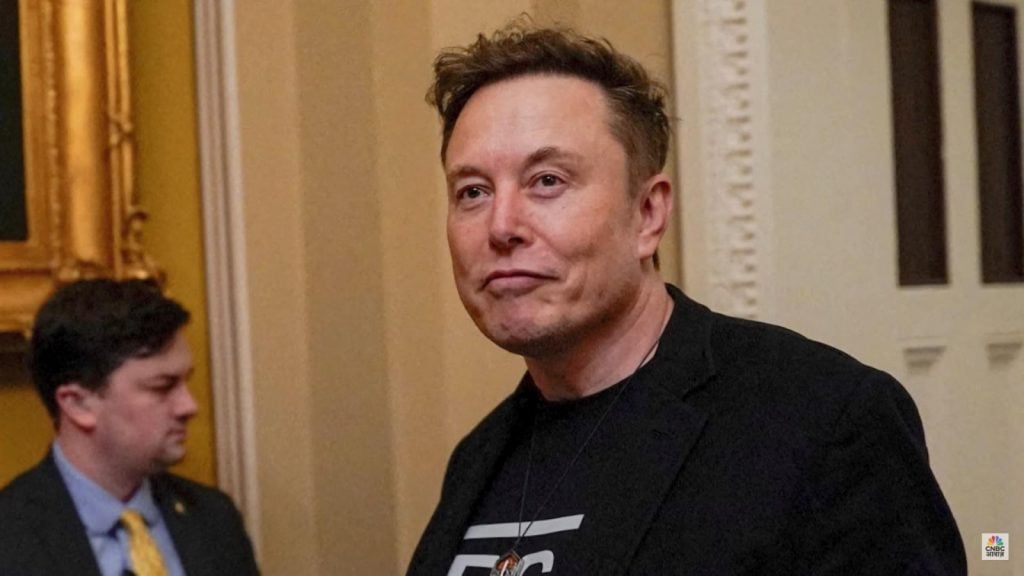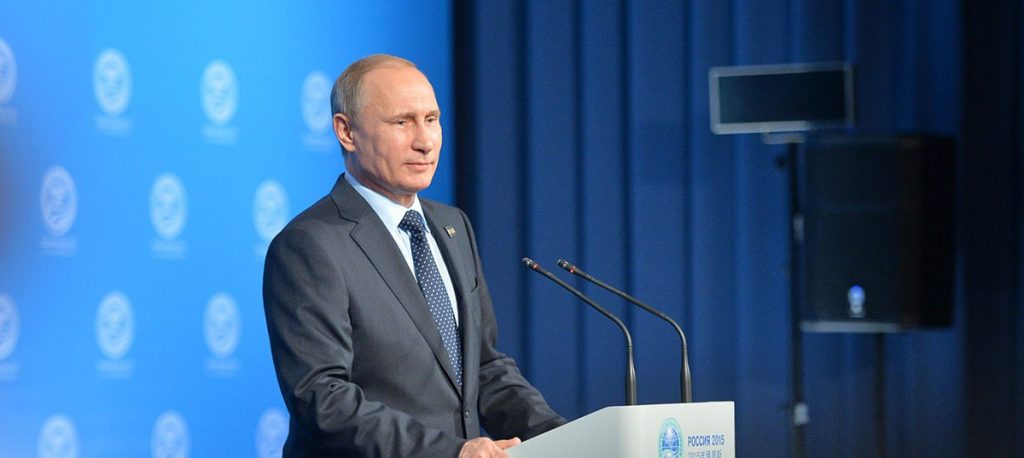NASA Astronauts Return to Earth After 9 Months Lost in Space
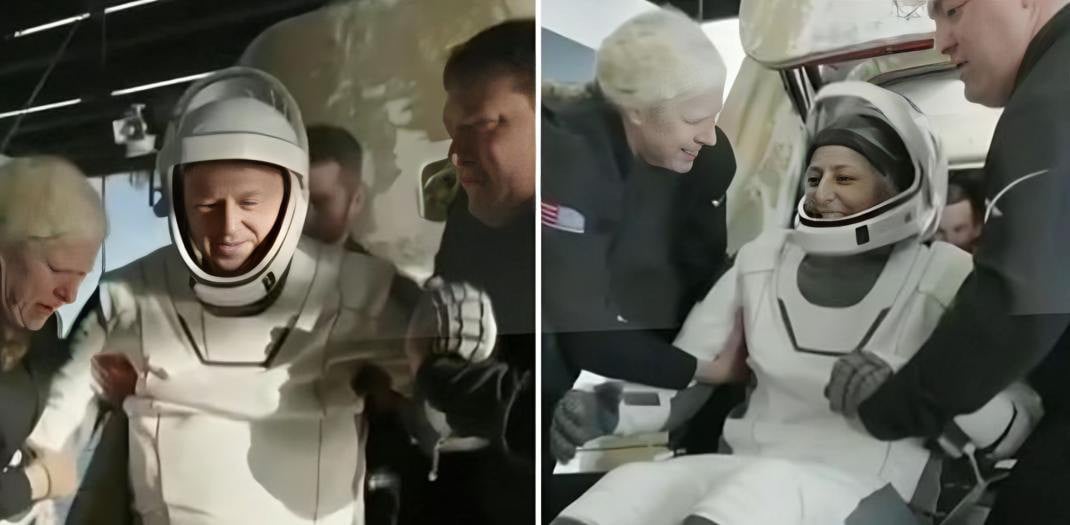
© NASA
NASA astronauts Barry “Butch” Wilmore and Sunita “Suni” Williams have safely returned to Earth after an unexpected nine-month mission aboard the International Space Station (ISS).
Originally slated for just over a week, their journey was extended due to technical issues, culminating in a splashdown off the coast of Florida on March 18, 2025.
Mission Launch and Initial Challenges for the Astronauts
Wilmore and Williams embarked on their mission on June 5, 2024, aboard Boeing’s Starliner spacecraft. The plan was to spend approximately eight days in space, testing the new crew capsule. However, during the journey to the ISS, the Starliner encountered multiple problems, including helium leaks and thruster malfunctions. These issues rendered the spacecraft unsafe for the return trip, leading NASA to send it back to Earth without the crew.
Extended Stay Aboard the ISS
With their return vehicle compromised, Wilmore and Williams became integral members of the ISS crew. Moreover, they adapted to their extended stay by conducting over 150 experiments, performing maintenance tasks, and participating in spacewalks. Notably, Williams set a record for the most time spent spacewalking by a female astronaut, accumulating 62 hours over nine excursions.
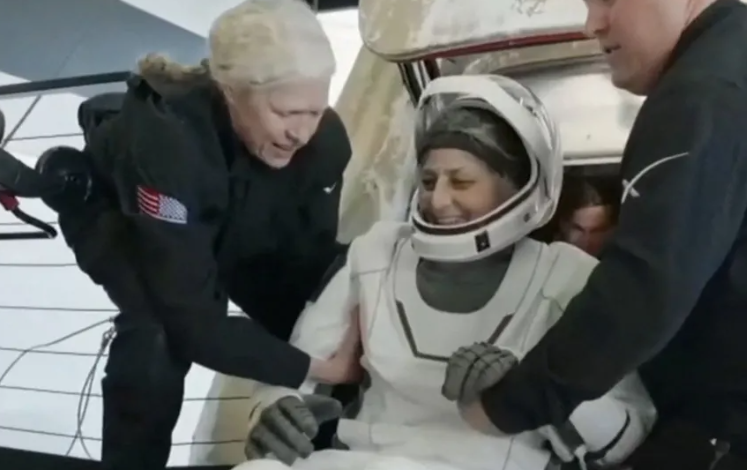
Political and Logistical Delays
The prolonged mission attracted significant public and political attention. In late January, President Donald Trump urged for an expedited return of the astronauts, criticizing the previous administration for delays. SpaceX CEO Elon Musk also expressed concerns, suggesting that political factors contributed to the postponement. NASA, however, maintained that the delays were due to technical and safety considerations, ensuring the astronauts’ well-being remained the top priority.
The Astronaut’s Return to Earth
The solution to bring Wilmore and Williams home involved coordinating with SpaceX’s Crew-9 mission. They, along with NASA’s Nick Hague and Russian cosmonaut Aleksandr Gorbunov, boarded the SpaceX Dragon Freedom spacecraft. Additionally, after a 17-hour journey, the capsule safely splashed down in the Gulf of Mexico near Tallahassee, Florida. Upon landing, the crew was greeted by recovery teams, and a pod of dolphins was spotted near the capsule, adding a unique touch to their return.
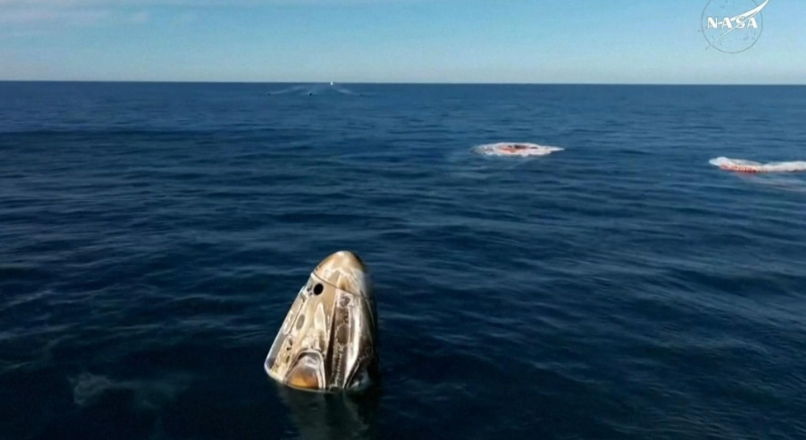
Post-Mission Rehabilitation for the Astronauts
After spending 286 days in microgravity, Wilmore and Williams now face a harsh 45-day rehabilitation program. Extended periods in space can lead to muscle atrophy and bone density loss. These conditions are usually called “chicken legs and baby feet.” Moreover, this rehabilitation process is crucial to help them readjust to Earth’s gravity and regain their physical strength.
Their safe return, helped by collaboration between NASA and SpaceX, marks a significant achievement in addressing unexpected situations in space travel.
You might also want to read: SpaceX Rescue Mission Lands at ISS: What’s Next?
